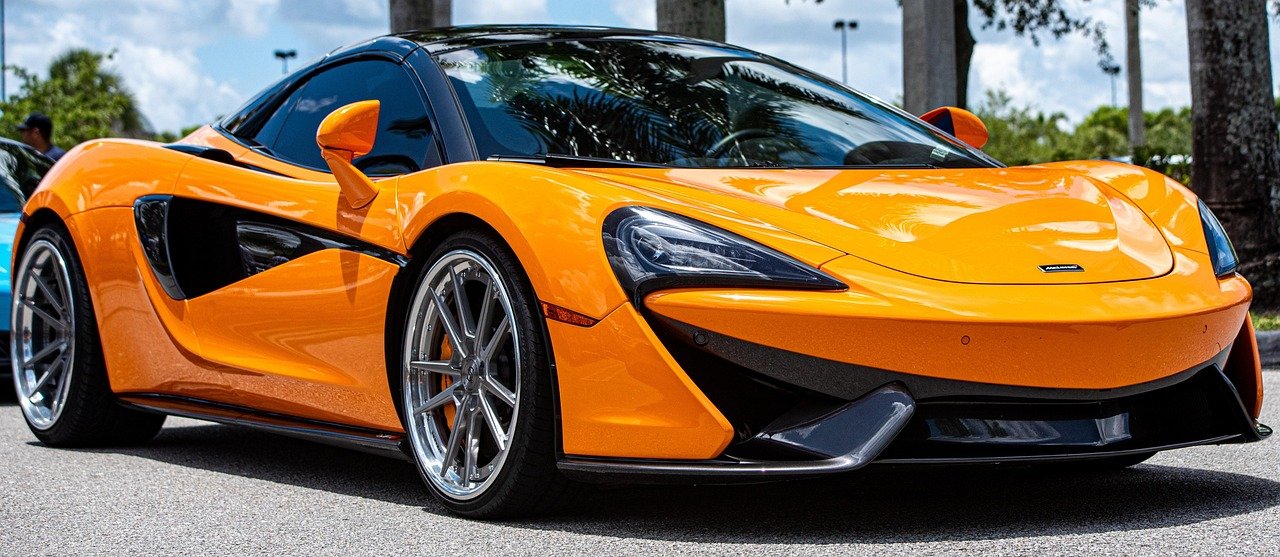Classic cars have long fascinated auto enthusiasts, collectors, and historians. Their timeless design, historic significance, and mechanical innovation make them cultural icons on four wheels. One of the most discussed topics in the automotive world today is about, https://guia-automovil.com/2020/10/07/los-3-mejores-autos-clasicos-de-ford, a detailed guide showcasing Ford’s most legendary classic models. The popularity of this topic is not just tied to nostalgia but also to the way classic Ford cars have impacted the evolution of the automobile industry.
In this article, we explore the background, significance, and public interest surrounding this content. Additionally, we provide insights into the featured models and why they continue to draw admiration even in today’s high-tech automotive landscape.
The Legacy of Ford in Classic Car Culture
When it comes to vintage automobiles, few brands can rival the legacy of Ford. With a history rooted in innovation and accessibility, Ford played a pivotal role in the mass production of cars, especially with models like the Model T. The article about, https://guia-automovil.com/2020/10/07/los-3-mejores-autos-clasicos-de-ford focuses on Ford’s top three classics, which represent milestones in both design and performance.
Also, explore Everything You Need to Know About Appfordown Download
The guide doesn’t just list cars—it delves into their historical significance, cultural impact, and technical features that set them apart. Ford classics remain highly sought after at auto auctions, car restoration events, and among collectors of American muscle cars.
Top 3 Ford Classic Cars Highlighted
https://guia-automovil.com/2020/10/07/los-3-mejores-autos-clasicos-de-ford covers three timeless Ford vehicles:
- Ford Mustang 1965 – A symbol of American muscle and freedom, this model is iconic for its aggressive look and powerful V8 engine. It was the first of its kind in the pony car segment.
- Ford Thunderbird 1955 – This car combined luxury and performance, appealing to drivers who wanted both style and substance. It represented Ford’s entrance into the personal luxury car market.
- Ford Model A – As the successor to the Model T, this vehicle introduced better design and engineering improvements. It became a favorite among vintage car collectors.
These vehicles aren’t just popular—they’re essential to understanding Ford’s evolution. The guide about, https://guia-automovil.com/2020/10/07/los-3-mejores-autos-clasicos-de-ford offers insight into how each model influenced the brand’s direction.
Why Are Ford Classics Still So Popular?
Interest about, https://guia-automovil.com/2020/10/07/los-3-mejores-autos-clasicos-de-ford is not merely about aesthetics. It’s also about engineering brilliance and the emotional value attached to these cars. Ford’s classic models embody the golden era of driving—a time when manual transmissions, chrome bumpers, and rear-wheel-drive platforms were standard.
Additionally, these models continue to inspire modern car design. From retro styling elements in newer Mustangs to the use of heritage trims, the influence of these classics is undeniable.
Restoration and Collector Demand
The article about, https://guia-automovil.com/2020/10/07/los-3-mejores-autos-clasicos-de-ford has become a resource for restoration experts and hobbyists. With the rise in classic car rebuilding, these models are frequently seen in restomod projects, where vintage appearance is combined with modern mechanics.
Collectors also see these Ford classics as valuable assets. They are often featured in car shows, exhibitions, and classic car investment guides, making them desirable not only for their beauty but also for their appreciating value.
Influence on Automotive Heritage
Understanding Ford’s role in the broader context of American automotive history is key to appreciating why so many readers are searching about, https://guia-automovil.com/2020/10/07/los-3-mejores-autos-clasicos-de-ford. Each model discussed contributes to the preservation of automotive heritage, a topic that resonates with both historians and gearheads.
From design innovation to the democratization of car ownership, Ford has set benchmarks in various decades. These classic models are chapters in a continuing story of progress, performance, and passion.
FAQs
1. What makes Ford classic cars stand out from other vintage models?
Ford’s classics are known for their reliability, iconic styling, and cultural relevance, making them favorites among collectors and car lovers alike.
2. Are the cars mentioned in the article still available today?
Yes, many are found through collector auctions, private sellers, and restoration projects. Some have even inspired modern reinterpretations.
3. How much does it cost to restore a classic Ford?
Restoration costs vary based on condition, parts availability, and whether you’re aiming for a stock restoration or a restomod build.
4. Why is there increased online interest about, https://guia-automovil.com/2020/10/07/los-3-mejores-autos-clasicos-de-ford?
Interest is rising due to nostalgia, increased demand for classic cars, and growing appreciation for automotive history and design evolution.
5. Can Ford classic cars still be driven regularly?
Absolutely. With proper maintenance and occasional upgrades, many classic Fords remain roadworthy and are used for leisure drives or shows.
Conclusion
Interest in classic cars continues to soar, and the article about, https://guia-automovil.com/2020/10/07/los-3-mejores-autos-clasicos-de-ford captures the heart of that fascination. It not only showcases the best of Ford’s automotive past but also highlights why these vehicles are still cherished decades later. Whether for their design, performance, or legacy, these classics remain timeless treasures in the automotive world.
As we continue to celebrate car culture, revisiting pieces like this reminds us that innovation and style often begin with honoring the past. For enthusiasts and newcomers alike, diving deeper about, https://guia-automovil.com/2020/10/07/los-3-mejores-autos-clasicos-de-ford offers a rewarding journey into one of the richest chapters of motoring history.


